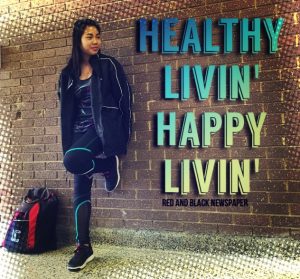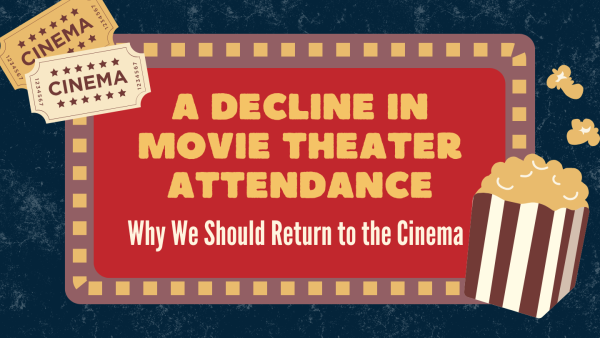When Does Wanting to be Healthy Go Too Far?
Eating disorders affect the lives of so many people are the world. Where is the line between healthy and obsessed?
Photo by Creative Commons
The National Eating Disorders Association is hosting a walk to raise awareness about the disease. Read the article to find out more!
ED told me that everything will get better and that I’d finally be happy, not just with the way I look, but genuinely happy, if I listened to what he was telling me to do. At first, the rules were pretty simple to follow but, as I got deeper and deeper into my eating disorder, the rules got more bizarre. Nevertheless, ED had eventually turned into a part of who I was so, saying goodbye was a very challenging experience, almost like getting rid of your best friend even though they might be one half of a toxic relationship. ED is not the friend anyone deserves, and when I came to my senses and sought professional help, I realized that I needed to find myself again.
Eating disorders are a very serious mental illness that affects over thirty million people worldwide, roughly twenty million of whom are women, and the other ten million of whom are men. When most people think of eating disorders, anorexia nervosa, and the image of a frail, skeletal person seems to always be at the forefront of people’s minds. However, what people need to know is this: eating disorders are not a life choice. A person doesn’t wake up one morning and decide to develop an eating disorder. Instead, this serious, complex, and devastating illness affects all aspects of life.
For those suffering from an eating disorder, we usually refer to our illness as ED (eating disorder) as a way to be able to communicate what this other “voice” is saying to us. One way of looking at eating disorders is to imagine being part of an abusive relationship, the similarities of which are stark. This voice is putting you down by telling you awful things about yourself, and eventually ruins your self-esteem. This creates a condition known as body dysmorphia, causing the victim to see a distorted version of themselves that’s the complete opposite of what others see. Body dysmorphia is a huge leading factor to eating disorders and is often the hardest thing to overcome in recovery. For me, ED was sneaky. ED promised that if I followed his rules, I would be happy, but I finally came to realize that the only way I can truly be happy was if I started to defy ED and, instead do what I know is the right for my physical and mental health.
Despite the prevalence of eating disorders as mentioned earlier, it still receives one of the lowest amounts of funding for research. “Research dollars spent on Alzheimer’s Disease averaged $88 per affected individual in 2011. For Schizophrenia the amount was $81. For Autism $44. For eating disorders the average amount of research dollars per affected individual was just $0.93 (National Institutes of Health, 2011).” One way we try to raise money and awareness for eating disorder research by holding and participating in annual NEDA (National Eating Disorder Association) walks and events.
There will be a walk right here on Long Island at Sunken Meadow Park on May 13th from 9am till 11am. Guest speakers, including myself, will be sharing their stories in the opening ceremony. The goal for this walk is to raise $20,000 to help develop new programs for families and loved ones affected by eating disorders. These walks are also a great way to bring communities together to help raise awareness for an illness that often gets overlooked.
Please consider coming to the walk to support the fight against eating disorders. You can visit the site to register to be apart of this amazing experience that helps to save people’s lives.








Michael Hynes • May 11, 2017 at 12:04 pm
Very well done and I appreciate you writing about this very important topic.
Sam Visco • May 8, 2017 at 2:08 pm
Great article! Very well written from the perspective of another survivor.
Julianna • May 10, 2017 at 4:10 pm
Thank you so much! I hope you’re doing amazing!